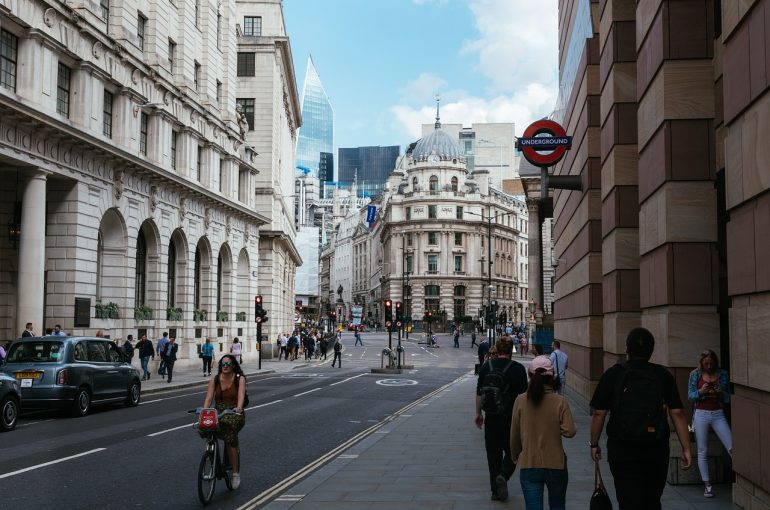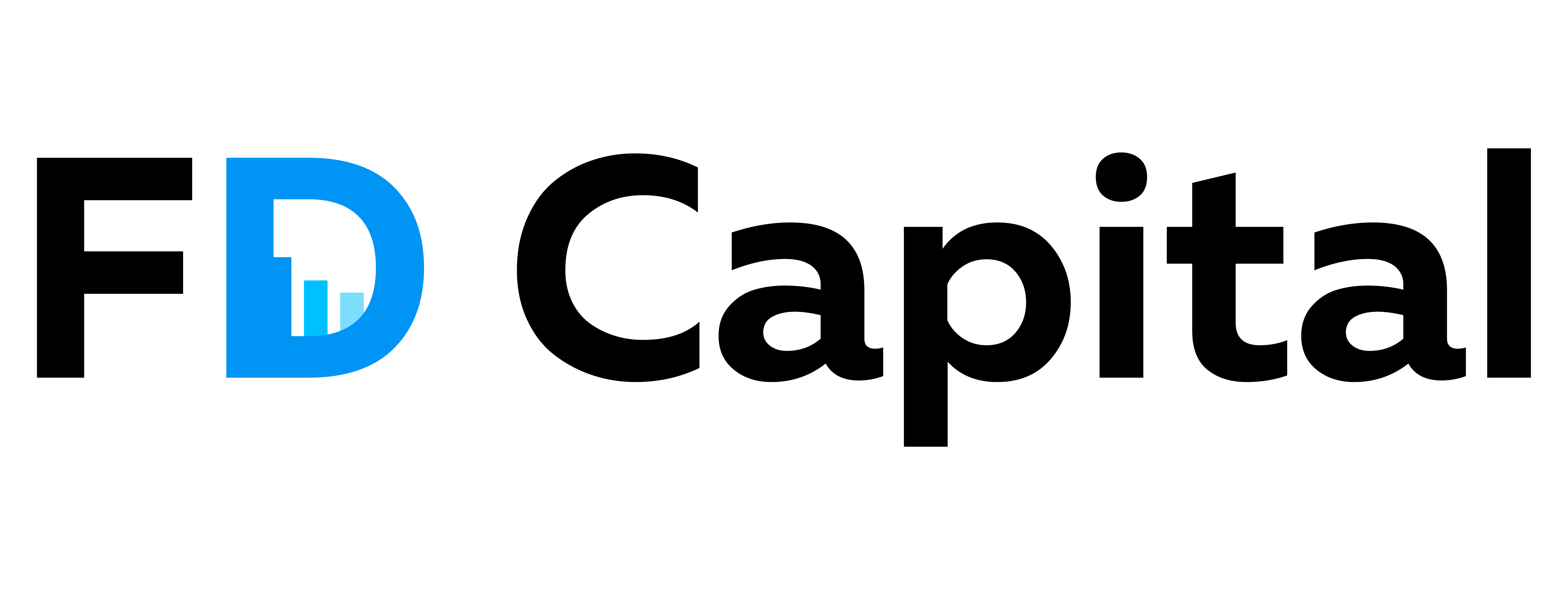Where is the Bank of England’s Inflation Strategy Going?

Where is the Bank of England’s Inflation Strategy Going?
The Bank of England’s current approach to the UK’s inflation problem is that the public has had it too good for too long. This mindset presents an inflation strategy built on the idea that the public should be forced into an economic situation that reduces disposable income to force them to spend less to reduce inflation.
Huw Pill, the Chief Economist at the Bank of England, urged the public to accept their financial position and “stop seeking pay increases and pushing prices higher”. It’s a mindset that appears at odds with the concept of ‘global Britain’ with calls to accept poverty and tougher financial circumstances setting public opinion against the Bank of England. Skyrocketing mortgage payments and ever-increasing interest rates have left the public with no confidence in the Bank of England’s inflation strategy.
Public Confidence in BoE Hits Record Low
Recent research into public confidence in the Bank of England’s inflation strategy shows that it has received the worst rating since 1999. It comes ahead of another vote on interest rate rises. A potential 15th consecutive interest rate rise has brought public confidence to a record low. 40% of the public is dissatisfied with the central bank’s decision-making with regard to setting interest rates. The Bank of England’s net satisfaction has dropped to minus 21%.
These stats will reinforce the expectation of market forecasters that the Monetary Policy Committee will implement another 0.25% interest rate rise to increase the rate to 5.5%. It would become the highest interest rate for 15 years. The lack of public confidence in the Bank of England suggests that continuing its current inflation strategy is costing the institute credibility. Market forecasters expect interest rates to stay high for an extended period to clamp down on inflation.
July saw UK consumer prices hit an annual rate of 6.8% – down from 7.9% in June and a 11.1% peak in October last year. However, it remains more than three times higher than the 2% inflation target set by the Bank of England and is the highest of any G7 country. While speculation continues that interest rates will rise, Andrew Bailey and other key Bank of England figures have indicated that rates may not need to go up any higher. However, members of the Monetary Policy Committee have stated that holding rates constant enables further inflation to continue.
Reuters’ recent polling of economists suggests a general consensus that inflation will have hit 7% in August as a result of rising fuel prices.
A G7 Country with a Struggling Public
Against the backdrop of these figures is the growing financial pressures being felt by the British public. The squeeze brought on by the cost-of-living crisis is driving households to food banks after paying off increasing mortgages and utility bills. The rising risk of unemployment is a consequence of rising financial pressures as companies struggle to cope with rising supply chain and energy costs. Some companies are experiencing rises of almost 350% in their electricity bills with a 400% rise in gas costs.
Continuing to raise interest rates to tackle inflation is a counterproductive strategy. The Achilles heel of the Bank of England’s strategy is the seeming belief that excessive spending and ‘household wealth’ have been the key driving factors behind UK inflation.
The belief that inflation is the fault of consumers is a false start. The UK’s current inflationary pressures are driven by the price rises in specific sectors, including gas. The single-driven mindset of the Bank of England to blame ordinary consumers is unfounded. The Bank of England attempts to reason that the British public went from spending every penny of their furlough payments to heat their house to spending at such an excessive rate that it resulted in inflationary pressures.
The Bank of England believes that this so-called excessive spending was happening on such a widespread consumer level to result in record levels of inflation. Many suggestions don’t fit with current consumer behaviour – including keeping gas/electricity on throughout the day and over fuelling petrol and diesel cars while electric models are on the rise. Unfounded comments by Bank of England leadership have further reduced public confidence in the institution. Bailey’s unhelpful comment that inflation is “the fault of retired people spending too much” will have given the Bank of England’s credibility a major blow.
Quantitative easing, the process by which the bank created new credit to hold rates during the financial crisis then again during lockdown down is never questioned, nor is is the supply of money hardly mentioned during the meetings of the Monetary Policy Committee, it’s almost that the entire Monetarist theory that money supply—including physical currency, deposits, and credit—is the primary factor affecting demand in an economy, has been discounted by the BofE in favour of Keynesian theory. It appears that an unbalanced and narrow group think has captured HM Treasury who appoints MPC members and the BofE itself. Hopefully the recent appointment of Ben S. Bernanke to review the Bank’s forecasting will bring this more into the open.
The Reality of the UK Consumer Market
It’s true that consumers are spending more – but the context is important. Consumers are spending at a higher level because of rising costs being passed on by suppliers. The UK public experienced the chaos of price rises as a result of the pandemic with various industries inflating prices (right or wrongly) in the early months of the pandemic. Prices did not drop after pandemic pressures reduced and suppliers continued to raise prices. The inflation being experienced by the UK consumer market is therefore supplier-driven.
What makes the current inflationary situation different is that it is not traditional inflation driven by excess consumer spending. The Bank of England continues to treat it as such, ignoring the supplier-driven element of the crisis. The War in Ukraine has further complicated matters with higher energy prices, but it was another situation exploited by suppliers.
It’s worth questioning why the UK is the only member of the G7 experiencing such high inflation. Rising interest rates to drive down inflation is going to do little to mitigate a supplier-driven crisis, which will continue to raise consumer prices in response.
Another point to consider about the current state of the UK consumer market is the benefits being enjoyed by high street banks. They’ve been the major beneficiaries of interest rate rises with record profits being recorded across the board. The same interest rates that are driving profits are also leading to increased poverty, lower wages, and rising concerns about unemployment. It’s hard for the UK public to stomach these rising bank profits when they’re struggling to afford basic living standards with public services continuing to experience further cuts.
What is the Solution to the UK’s Inflation?
The UK economy has faced several crises in recent years – from the economic fallout of the pandemic to the war in Ukraine with governmental fiscal policy and central banks having to respond. What’s intriguing about the Bank of England’s inflation strategy is its refusal to appreciate this wider global context and question why only the UK finds themselves itself in this cost-of-living crisis.
The Biden administration in the United States implemented price stabilisation policies as part of its fiscal strategy. It shows that a different approach to solely relying on rate increases can deliver market and price stability without making consumers feel the pinch.
While inflation is causing economic hardship, continuing to increase interest rates will only worsen the position of households and consumers. Price stabilisation measures – similar to those implemented in the United States – are a better solution. Continuing on the path of rate hikes could send the UK economy tumbling into a recession and further hurt ordinary working people.
Such price stabilisation measures could be directly targeted to reduce supply chain and energy costs. Price control measures on essential products like gas and oil could reduce the cost-of-living crisis and offer valuable time to implement a wider strategy. Fiscal policies, such as price stabilisation, could limit inflation without causing the wages and unemployment crisis likely to be brought on by increased rate hikes. Increasing auto-enrolment pension contributions, would reduce consumers available spare spending power whilst increasing investment in the economy.
The Bank of England and Government could learn a useful lesson by looking at the actions of our allies. The European Union has been regulating natural gas prices. The G7 is enforcing a cap on the cost of petroleum products from Russia, while the United States has implemented pricing regulations on oil. With other leading economies moving away from interest rate hikes to price stabilisation measures, why is the Bank of England refusing to follow suit? No explanation behind this strategy has been offered by the Bank of England or the Monetary Policy Committee.
If other G7 nations, the EU and the United States have turned to fiscal policy and price stabilisation, shouldn’t the Bank of England?
The Future of the UK Economy
Warning signs about the current Bank of England inflation strategy are visible at every corner. Kristalina Georgieva, the IMF Chief, has said that high-interest rates are linked to sustainable economic slowdown and increasing poverty. We’re seeing evidence of this in the UK economy with increasing food bank usage.
The number of users of food banks in the UK has continued to increase year on year with the number going from 26,000 in 2008/2009 to an eyewatering 2.5 million in 2020/2021 during the onset of the pandemic. Food bank usage continues to increase after a slump in 2021/2022 to 2.1 million. The number of people receiving emergency food parcels from food banks in the UK jumped to 2.98 million in 2022/2023.
The future of the UK economy continues to look bleak with more than half of NHS trusts and health boards currently providing or planning to provide food bank services for staff in response to the cost-of-living crisis. Polling by Ipsos shows that 67% of the British public expect that a worse cost-of-living crisis is still yet to come. Utility companies such as Thames Water and Local Government bodies such as Birmingham City Council are getting into Financial Difficulty.
It’s difficult to understand the Bank of England’s thinking that excessive consumer spending is the driving force behind inflation when we look at the wider picture and the actions taken by similar economies. External factors, such as the war in Ukraine, have continued to worsen this supplier-driven inflation crisis.
The thinking behind the Bank of England’s strategy – and its decision to blame consumers – sets it apart from every other major economy. Does the Monetary Policy Committee believe that inflation has been caused by retirees spending too much money or households using too much energy to keep their homes warm? It seems at odds with the belief of what a developed, prosperous economy should offer.
The continued interest rate hike could be viewed as a form of ‘bloodletting’ by the Monetary Policy Committee, cutting into the foundation of the UK economy and squeezing the budgets of working families. The Bank of England appears to have the wrong understanding of what has caused this context-specific inflation and is failing to consider the wider consequences of refusing to adapt its strategy accordingly.
It appears that the Bank of England believes people will start saving money – instead of spending it – and reducing inflation that way through higher interest rates. How can people put money in their savings accounts when they can’t afford groceries or their mortgage payments? It portrays the Monetary Policy Committee and the Bank of England as being out of touch with the public.
How can the Bank of England continue to ignore the economic hardship being caused by its continued interest rate rises?
What Next for the Bank of England?
The next potential interest rate rise could be just around the corner. After 14 consecutive hikes, is number 15 about to be implemented? The period of tightening looks set to continue with a smaller hike than before, however, economists are divided. Many expect the base rate to go up to 5.5%, while others suspect a potential pause or ‘skip’ for this cycle with no increase.
The Bank of England has raised interest rates from 0.1% to 5.25% since December 2021, bringing untold economic woes with it over the last 21 months. The bank’s net satisfaction rating of minus 21 suggests that the public lacks confidence in the Bank of England to deliver a successful inflation strategy.
Decision makers in the Monetary Policy Committee have several factors to consider ahead of another possible rate increase. The UK’s GDP fell 0.5% between June and July after three months of growth with wages now growing faster than inflation, despite a slowing job market. However, this is likely to reinforce the Bank of England’s thinking that inflationary pressures are caused by consumer overspending. There is now a real and growing risk that the UK will enter a period of Deflation, as a result of the BofE having overdone interest rate increases and failed to consider the lagging nature of how these impact of the real economy.
14 consecutive increases in the base interest rate have already weakened the economy with unemployment rising and hiring slowing down.
What the Bank of England does next is anyone’s guess, but a 15th interest rate hike could continue to spell disaster for the UK economy.

Adrian Lawrence FCA with over 25 years of experience as a finance leader and a Chartered Accountant, BSc graduate from Queen Mary College, University of London.
I help my clients achieve their growth and success goals by delivering value and results in areas such as Financial Modelling, Finance Raising, M&A, Due Diligence, cash flow management, and reporting. I am passionate about supporting SMEs and entrepreneurs with reliable and professional Chief Financial Officer or Finance Director services.












